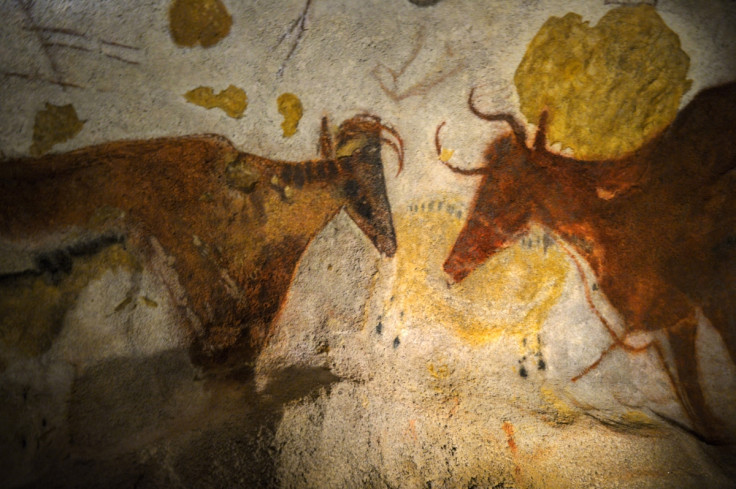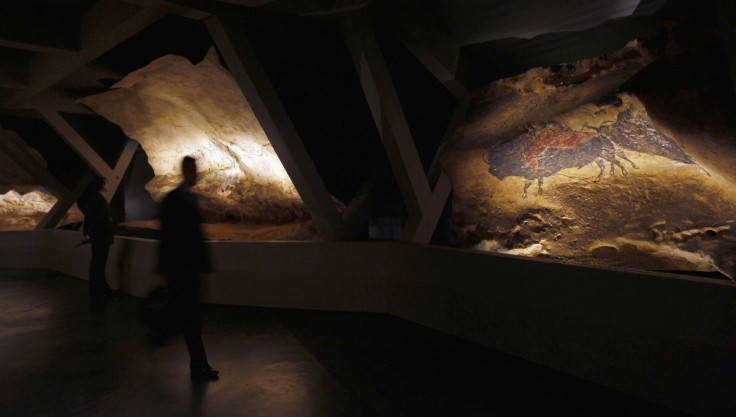Lascaux cave paintings: Huge replica of Palaeolithic site to open in France in December

A new reproduction of the famous prehistoric Lascaux cave in France will open its doors in December 2016. Lascaux IV will be the most complete replica of the cave to date, close to the original site and recreating almost all of the 900 square metres of Palaeolithic paintings decorating the rocks of the original shelter.
Located in Dordogne, South of France, the Lascaux cave is one of the most important archaeological finds of the 20<sup>th century. It was discovered in 1940 by chance, not by an experienced team of scientists, but by an 18-year-old boy named Marcel Ravidat, with his dog and three of his friends.
The cave displays some of the world's richest collection of paintings from the Palaeolithic era, with more than 2,000 figures of men, animals and abstract symbols represented. Shades of red, yellow and black dominate as the paintings were created using mineral pigments.
Lascaux II and III reproductions
The original cave comprises several different rooms, including the Hall of the Bulls, the Passageway, the Shaft, the Nave, the Apse, and the Chamber of Felines. All were opened to the public in 1948, but were then closed down in 1963 to preserve the art.

It was being damaged by carbon dioxide, heat and humidity produced by the visitors. Since then, only a limited number of scientists is allowed to enter, for short periods, for research purposes.
In 1983, Lascaux II, a partial reproduction of the cave, was opened 200m away to allow the public to admire some of the artwork without damaging the originals. However, not all the rooms were recreated. Visitors were only shown a replica of the most impressive parts of the rock shelter, the great Hall of Bulls, with the famous paintings of stags, bulls and horses, and the Painted Gallery.

Lascaux III, an international travelling exhibition was also launched in 2012, allowing visitors to see a replica of some of the cave's paintings without travelling to Dordogne.
Enjoying the cave in full
Lascaux IV is a massive architectural project, created to finally let the visitors see some of the hidden wonders in the cave. It was started in 2013 and is led by Norwegian architectural company Snohetta. Visitors will go down into a cave that recreates the original space.
Nearly all of the cave's paintings will be reproduced, excepted for a small area which is very difficult to access. Craftsmen are working from 3D pictures and models of the cave to make Lascaux IV as close as possible to the original one.

When the replica opens at the end of the year, an interactive exhibition will also be launched to enable visitors to learn more about the ancient communities that created and inhabited Lascaux during the Palaeolithic era.
The Lascaux cave is listed as a World Heritage site. Scientists hope that reproducing it nearly in its entirety will enable the public to appreciate its historical and artistic value in full.
© Copyright IBTimes 2025. All rights reserved.






















